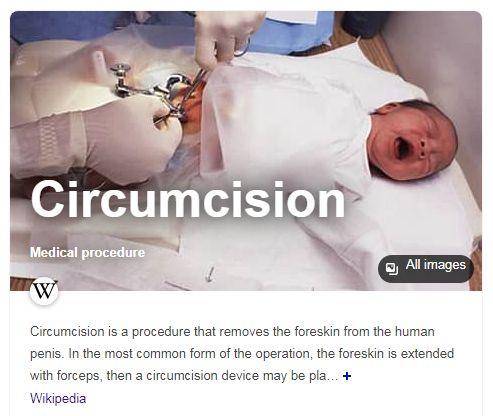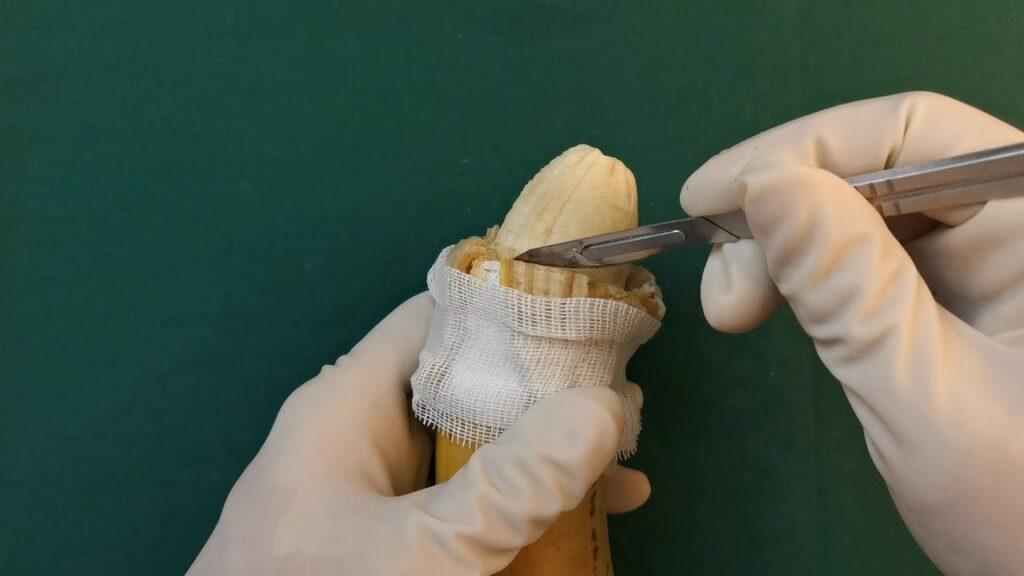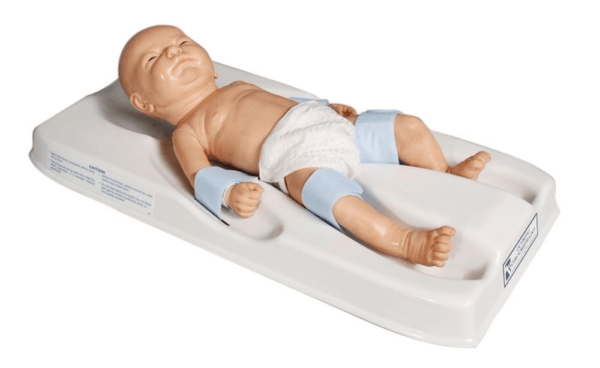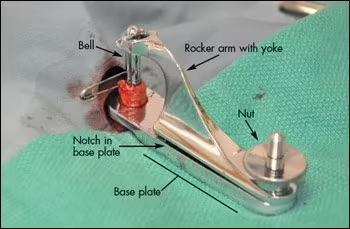Brain Altering Pain of Circumcision
This is a SUPERB interview; excellent and EXTREMELY SUPPRESSED information. Jeanice Barcelo resonates.
“Most of us are conceived haphazardly.” “Every child that’s brought to this Earth, consciously [with positive intention], will be of a different quality.”
Does ZOG use this ‘mark of Pain’ as a means to create, from birth, traumatized males who are then (ostensibly) more easily suppressed, overpowered, dominated?
It is an inescapable claimant that we know better than God.
“…as [male babies] yes we were attacked and abused… [circumcised men become obsessed with their penis] … it is their first sexual experience, and that pain is crossed with the pleasure, and like SRA [Satanic Ritual Abuse] it’s pain and pleasure mixed together, so it rewires the brain … to associate [ sex and pain / violence / being helpless / dominated together ] … in order to create a feeling of learned helplessness.“
Paraphrased from ~ 21:00 in : Bloodline Zionics are hybridized infiltrators, part neanderthal / nephilim; sent to conquer; are being given instructions as they go along; can be activated at any time.

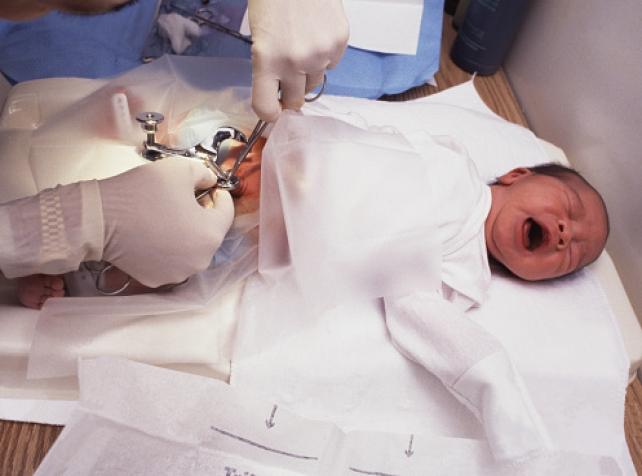
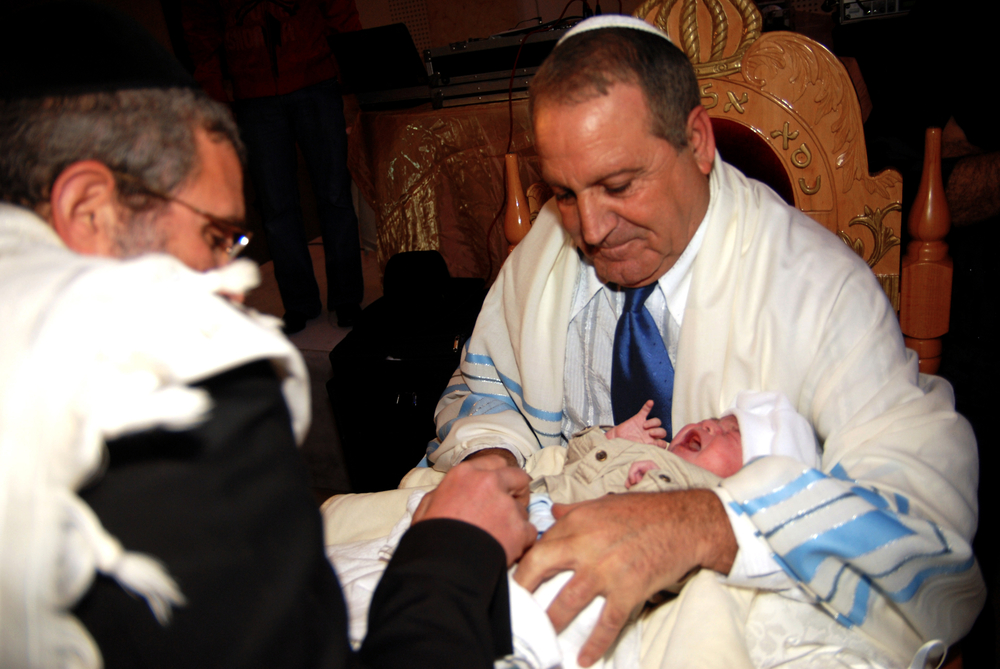

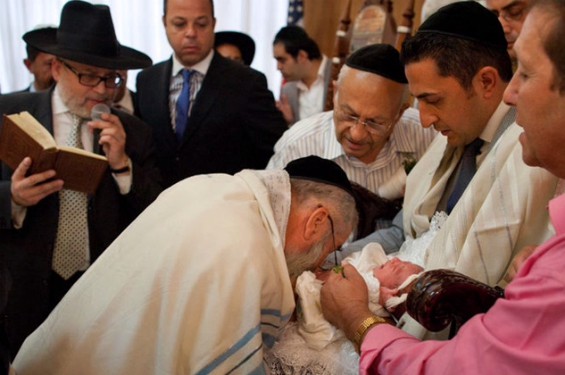
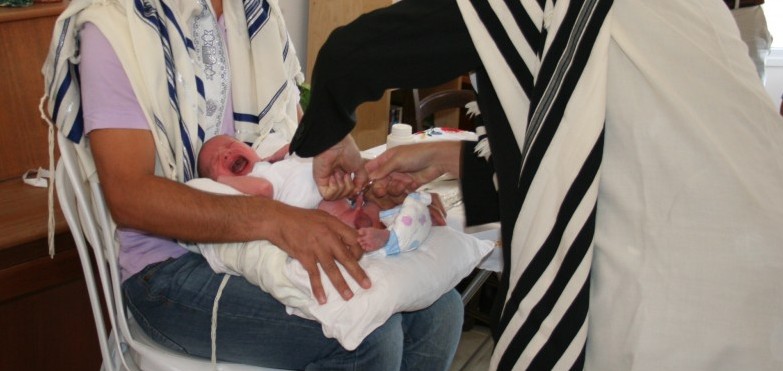
An examination of hospital birth and male circumcision as a potential ritual trauma, integrating historical, spiritual, psychological, and symbolic dimensions. This approach presumes circumcision is not neutral, but is a deeply embedded societal ritual with likely long-term psychological, neurological, and spiritual consequences.
Hospital Birth and Male Circumcision as Ritual Trauma
I. Modern Birth: Medicalized Separation
Modern Western birth practices, particularly in hospitals, often entail:
- Immediate separation of mother and child
- Bright artificial lights, noise, metal instruments
- Induction or cesarean procedures not always medically necessary
- Early injections, screenings, and surgical interventions
These events frame the first human experience as one of shock, invasion, and disempowerment. The newborn is not welcomed in a warm, dim, sacred environment — but into an antiseptic, authoritative, and sometimes violent one.
II. Circumcision as a Ritualistic Act
A. Historical & Religious Origins
- Jewish tradition: Circumcision (brit milah) is commanded in the Torah (Genesis 17), marking the covenant between God and Abraham. It is to be done on the eighth day.
- Islamic tradition: Also practices circumcision (khitan) as a sign of cleanliness and submission to God.
- African and tribal traditions: Often use circumcision as a rite of passage, a symbolic death and rebirth into manhood.
- Christianity: Largely abandoned circumcision in the early centuries as non-essential under the “New Covenant” (Galatians 5:2–6).
In each case, removal of the foreskin signifies membership, obedience, and sometimes purity. However, the act itself is painful, irreversible, and performed without consent.
B. The Mark of Cain?
Genesis 4:15 says God placed a “mark” on Cain, to protect him but also to set him apart as one who committed violence. Some scholars and mystics speculate the “mark” was bodily — possibly connected to blood or genital symbolism.
The male circumcision scar could be interpreted symbolically as:
- A mark inherited by the male line
- A sign of participation in a blood covenant
- A reminder of ancestral sin or debt
Some psychological frameworks even treat the act as repetition of sacrifice — one that parallels Abel’s death at Cain’s hand: a younger, weaker male victimized in ritual bloodshed.
III. Neurological and Psychological Impact
A. Brain-Altering Pain
- Neonates feel pain intensely. The nervous system is raw and unbuffered.
- Circumcision without anesthesia causes high cortisol surges and long-lasting pain memory.
- Studies show altered pain perception, stress response, and even brainwave patterns in circumcised males compared to intact ones.
B. Dissociation and Imprinting
- Early pain and helplessness can trigger dissociation, a defense mechanism.
- If a male’s first experience of life includes pain, genital manipulation, and helplessness, this may imprint deep associations between:
- Pain and intimacy
- Sex and trauma
- Authority and violation
IV. Sexuality and Trauma Repetition
Many circumcised men report:
- Obsessive focus on sex
- Difficulty bonding or relaxing sexually
- Eroticization of domination/submission
- Feelings of loss, betrayal, or confusion they cannot explain
This may echo trauma theory: what is not healed is repeated. The trauma around genitals becomes projected into adult life — via porn, conquest, shame, or addiction.
V. Pleasure and Pain in Satanic Ritual Abuse (SRA)
In alleged or documented SRA cases, perpetrators intentionally blend:
- Pleasure and pain
- Sex and fear
- Life and death symbols
This tactic fractures identity, blurs boundaries, and implants triggers. While mainstream circumcision is not openly “satanic”, the structure and effects are eerily similar:
- Initiation through blood
- Genital trauma
- Spiritual symbolism
- Performed by authority figures while the child is powerless
Whether or not all hospital circumcisions are consciously malevolent, the ritual framework may unconsciously echo these older, darker forms.
VI. Circumcision as Mass Male Binding Ritual
In the esoteric or occult view, rituals:
- Bind souls to contracts
- Mark bodies with symbols
- Split consciousness through trauma
Circumcision may act as a mass ritual that:
- Binds male energy into compliance
- Severs sexual wholeness
- Imprints trauma just as masculine identity forms
When done in hospitals, without religious context, it becomes unmoored blood magic — ritual without the sacred.
VII. Reframing: What Is Lost, and What Might Be Restored
Losses
- Full bodily integrity
- Trust in care and safety
- Natural sexual pleasure and bonding capacity
- Alignment of sex with love, not power or pain
Restorations
- Intact birth experiences
- Restorative justice and education
- Emotional healing via therapy or ritual acknowledgment
- Cultural reevaluation of masculinity not based in dominance, but in wholeness
Conclusion
Modern hospital circumcision may be the most normalized ritualized trauma in contemporary society. Its spiritual roots trace to covenants, sacrifices, and symbolic markings, but its modern practice often serves no clear purpose other than conformity, control, or unconscious repetition. Whether interpreted as a relic of patriarchal initiation, a mark of Cain, or an unspoken mass ritual, its impact is profound — neurologically, psychologically, and spiritually.
Sources
- https://www.cirp.org
- https://www.drmomma.org
- https://www.psychologytoday.com/us/blog/moral-landscapes/201403/does-circumcision-traumatize-infants
- https://www.ncbi.nlm.nih.gov/pmc/articles/PMC1470653/
- https://www.brainline.org/article/trauma-children-effects-and-treatment
- https://www.sexasnatureintendedit.com
